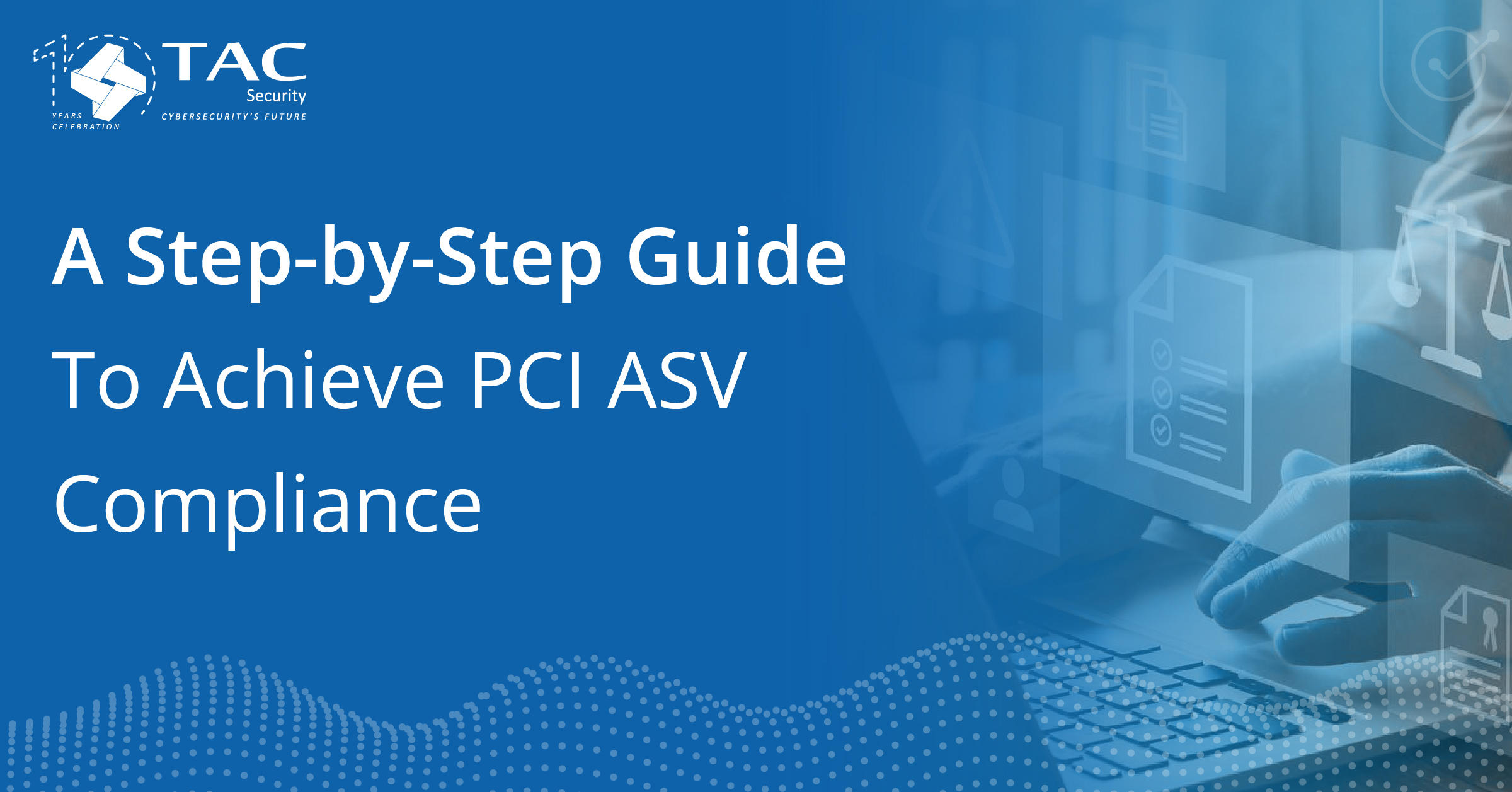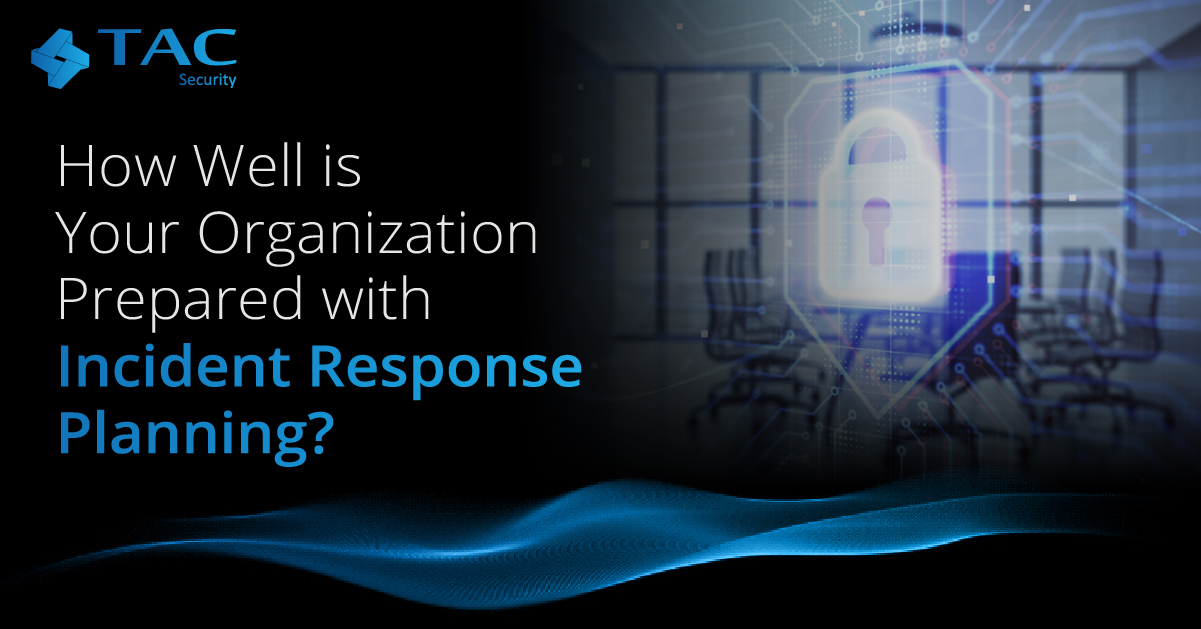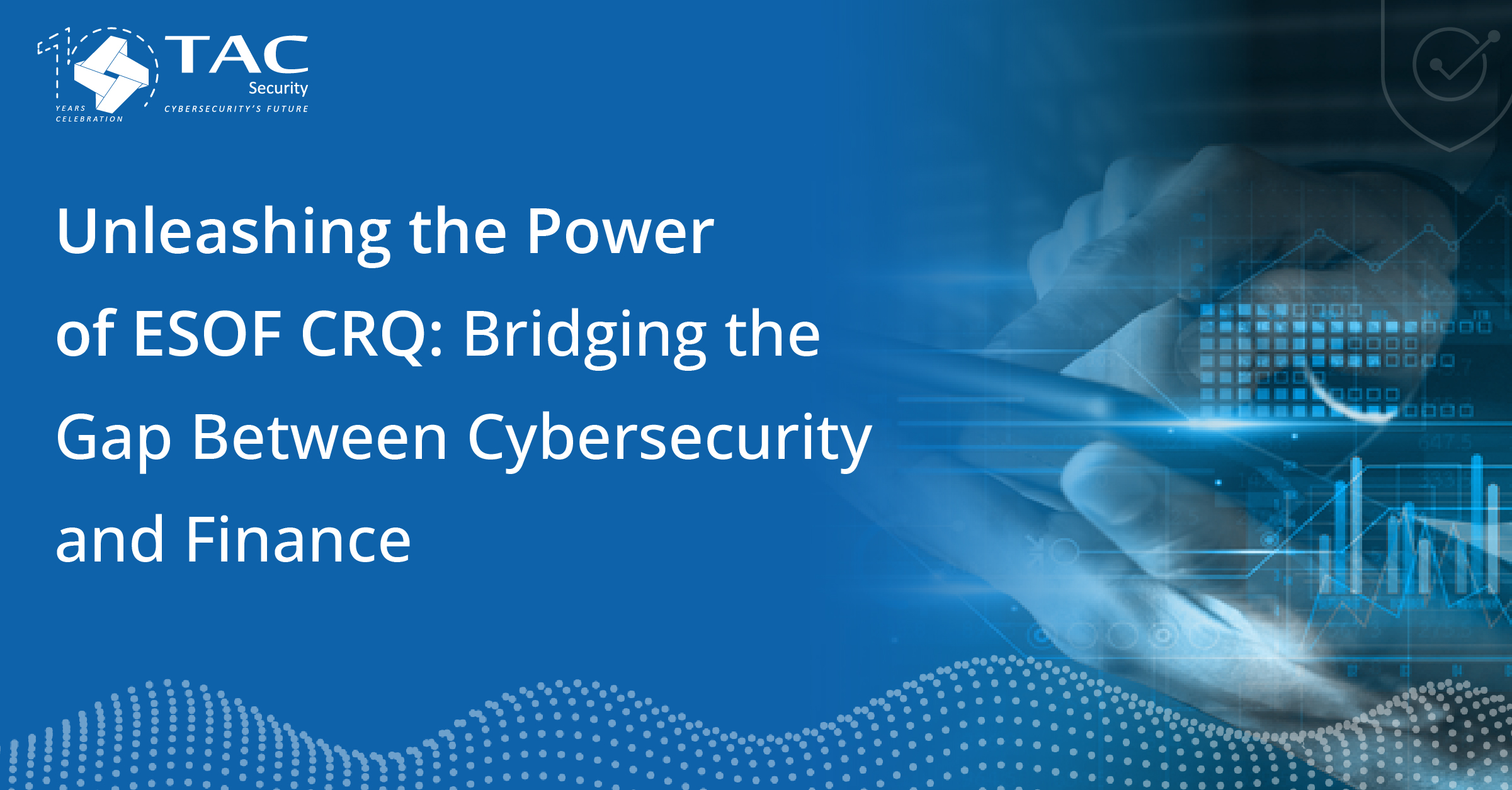
As the digital landscape continues to evolve, the security of sensitive customer data has become a paramount concern for businesses of all sizes. To ensure the protection of payment card data and maintain customer trust, organizations must comply with the Payment Card Industry Data Security Standard (PCI DSS). Achieving compliance can be a daunting task, but this guide will walk you through the process, with a focus on the Essential SAQ (ESAF) and a cost-effective ASV (Approved Scanning Vendor) solution, ESOF PCI ASV. Let’s dive in!
Understand the Requirements of PCI DSS: Before embarking on your compliance journey, it’s crucial to familiarize yourself with the PCI DSS requirements. The standard encompasses various security measures and practices that must be implemented to protect cardholder data. Take the time to review the PCI DSS documentation available on the official PCI Security Standards Council website.
Determine Your Compliance Scope: Evaluate your business operations and identify the systems, networks, and applications that handle payment card data. This assessment will help you define your compliance scope and determine which SAQ (Self-Assessment Questionnaire) best suits your organization. For small businesses, the Essential SAQ (SAQ A) is usually the most appropriate choice.
Implement Necessary Security Controls: Based on your chosen SAQ, implement the required security controls within your organization. These controls may include network segmentation, firewall configuration, access control, encryption, and more. Follow the guidelines provided by the PCI DSS documentation and consult with IT professionals if needed.
Perform Internal Vulnerability Scans: To ensure the security of your systems, conduct regular internal vulnerability scans. Use reputable vulnerability scanning tools to identify and address any potential weaknesses or vulnerabilities within your network. This step is crucial in preparing for the external vulnerability scanning process conducted by an ASV.
Choose an Approved Scanning Vendor (ASV): Selecting the right ASV is essential for conducting external vulnerability scans and obtaining your PCI ASV compliance. ESOF PCI offers a free sign-up option for small businesses, making it an affordable choice. Register for an account on the ESOF PCI website and proceed to the next step.
Schedule External Vulnerability Scans: With your ESOF PCI ASV account set up, schedule external vulnerability scans for your assets. Depending on your package, you can scan up to 10 assets quarterly. The scanning process will identify any potential security vulnerabilities or non-compliant practices that need to be addressed.
Address Detected Vulnerabilities: Upon receiving the scan results from ESOF PCI ASV, carefully review the findings and prioritize addressing any identified vulnerabilities. Create an action plan to remediate the issues, implement necessary security measures, and verify that the vulnerabilities have been resolved.
Repeat the Scanning and Remediation Process: PCI compliance is an ongoing process, not a one-time event. Schedule quarterly scans with ESOF PCI to ensure the continuous security and compliance of your systems. Regularly monitor your infrastructure, address any new vulnerabilities, and maintain documentation of your efforts.
Achieving PCI ASV compliance may seem like a complex endeavor, but by following these step-by-step guidelines and leveraging the ESOF PCI ASV solution, small businesses can effectively safeguard payment card data without breaking the bank. Remember, compliance is an ongoing commitment, so prioritize the security of your systems and stay vigilant in protecting your customers’ valuable information.




